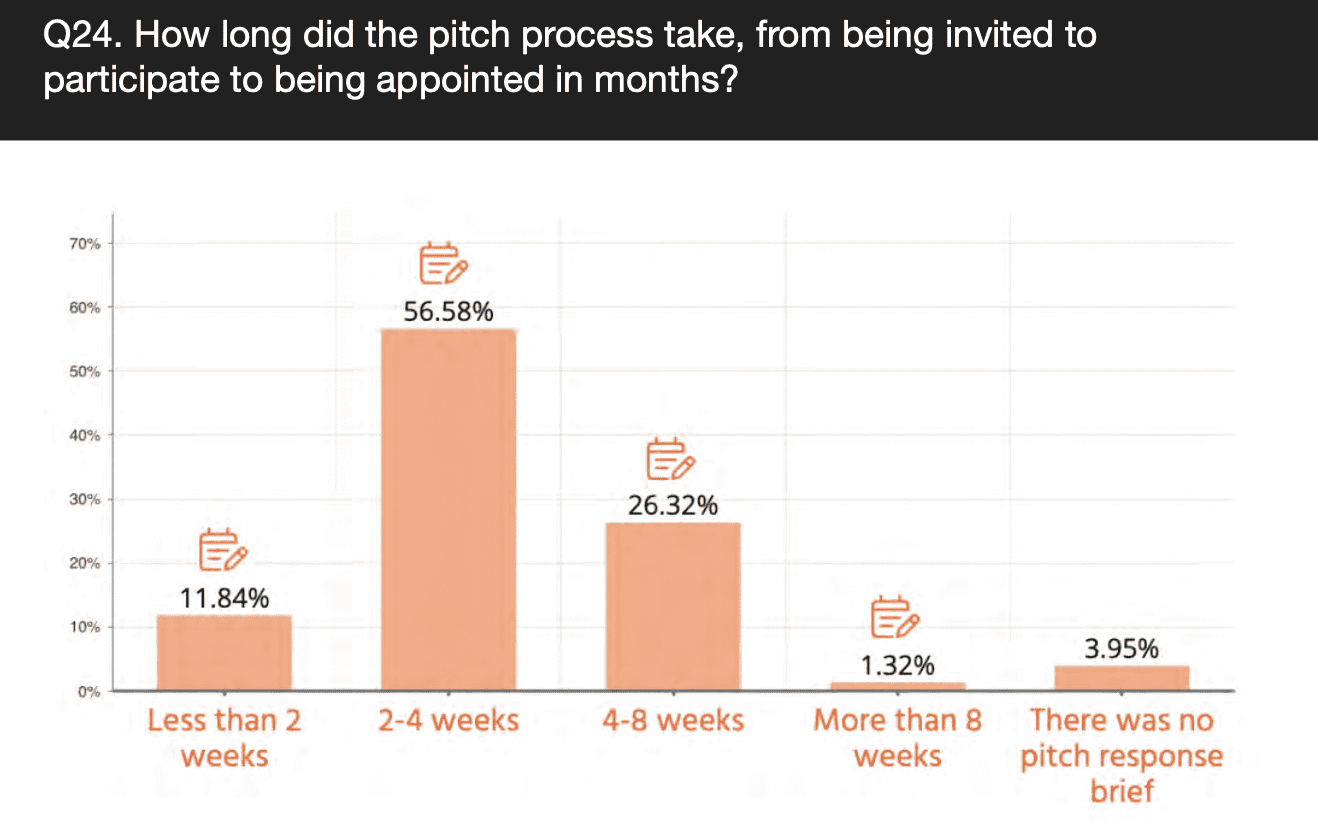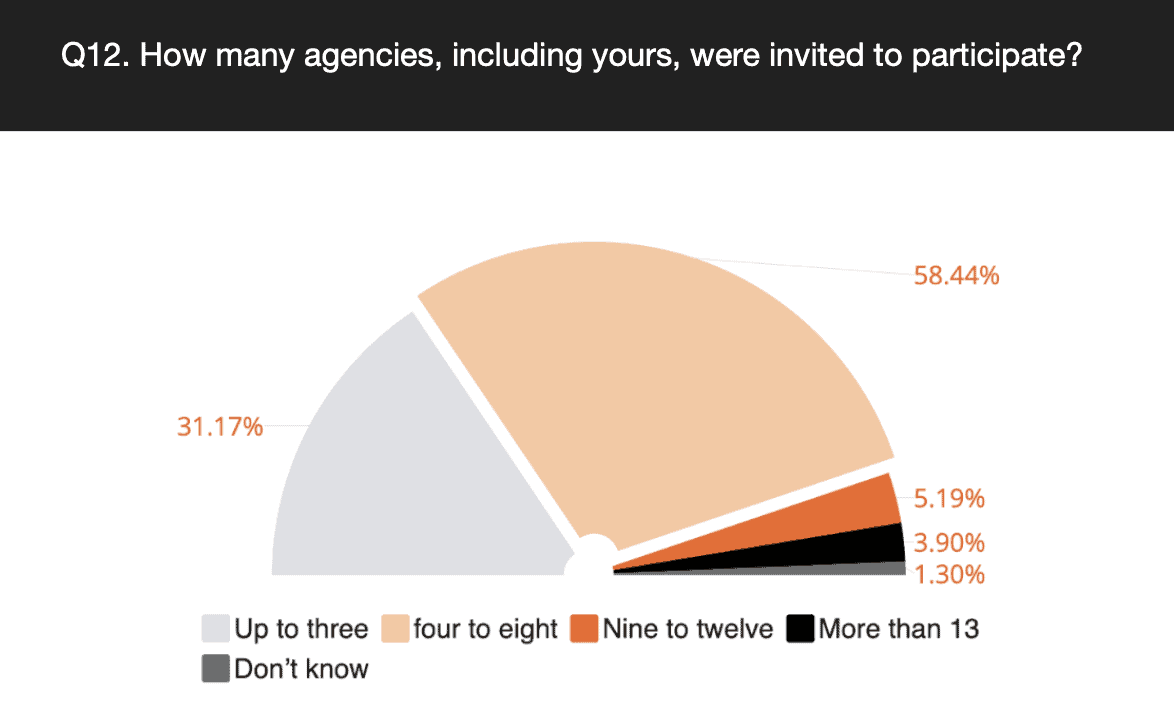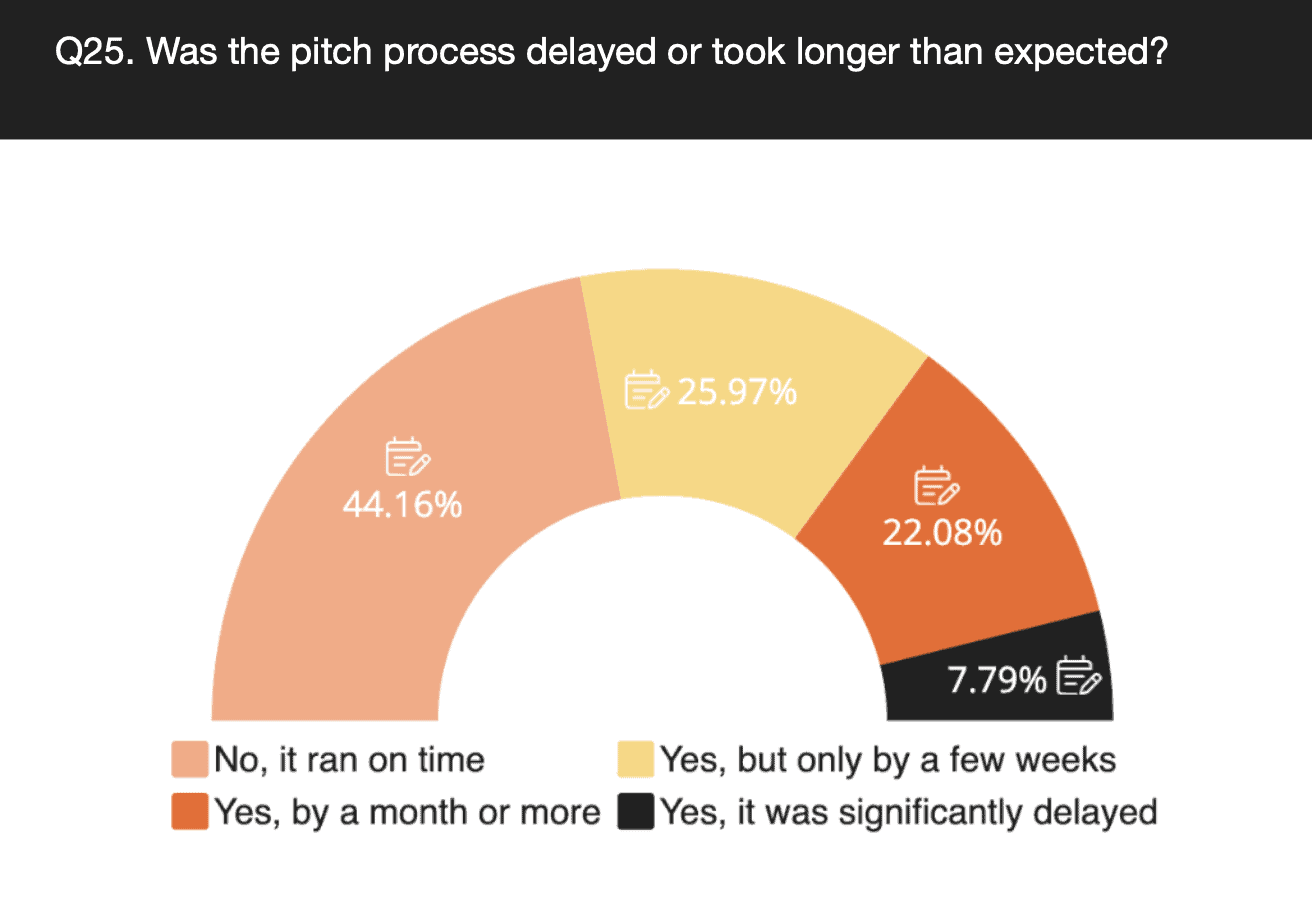The inaugural State of the Pitch report should prompt marketers and procurement teams to “stop boiling the ocean to try and find the right agency,” and industry bodies to create a local Pitch Positive Pledge, Darren Woolley tells Mediaweek.
TrinityP3, Woolley’s marketing management consultancy, released its first-ever State of the Pitch research today, which shows that some pitch lists include 45 agencies, 89% of agencies aren’t paid to pitch, and pitching has an average agency score of 3.13 out of 5.
Woolley says pitches can be run well in many cases, but points out that “when they don’t, it has a huge impact on the agencies and the whole industry to the point that we’ve seen almost hysteria about how the pitch process is broken. The pitch process is broken when it’s not run properly.”
‘Match the pitch process to the requirements’: Saving time and money
The State of the Pitch research found that while there is a range of different requirements for pitches, from a $50,000 project to a $10 million media contract, the process is largely the same for all.
It appears that the industry has adopted a “standard” way of running a pitch regardless of the size of the contract, according to Woolley, which costs everyone involved time and money.
“That means the clients are boiling the ocean to try and find the right agency. This is why pitching has got such a bad name. A lot of agencies are getting really pissed off with being put through the standard pitch process.”
Woolley notes that the industry guidelines don’t consider the complexities of a pitch, which “could be something very small or very big.”
“We need processes that match the size of the prize.”
‘The right investment in media will drive performance’: Efficiency and effectiveness
Marketers and procurement teams often request speculative creative work as part of the creative pitch process, which consists of creating a full campaign based on a brief with two to three weeks to work on it.
Woolley calls this a “big bugbear” among agencies and a “hit or miss” with the work presented, particularly for creative agencies that regularly interact with the client.
“Often, marketers choose who comes up with the best idea. That’s fine for a particular brief. But if you’re appointing an agency for the next three to five years, how many other briefs will they have to crack?”
Meanwhile, media agencies are asked to do media trading exercises, and marketers “demand that the agency prepare a lot of media rates for the next 12 months if not three years. What a waste of time.”
The lowest possible media costs have driven this process, Woolley says. He adds that it should not be about how cheap the media is being bought for, but rather how effective it is in driving sales and marketing performance.
“There’s a mentality of procurement people and marketers that media is a commodity,” he says.
“They should think of media as a value investment; the right investment in media will drive performance, which requires more brains and less brawn.”
‘Informed and constructive discussions’: Improving the pitch process
There is a need for education in the market about the different ways of running different pitches. From doing chemistry checks and meeting with an agency’s clients to doing a paid “pitch in a day” style workshop, Woolley proposes.
Meanwhile, for bigger accounts, Woolley says the process should either be more rigorous and take more steps, or be sped up in order to make a decision faster.
“There are many different ways to run a pitch. It’s just that everyone in the industry falls into the trap of thinking a pitch has a certain structure. It’s not true.
“The pitch process spelled out in the research is the same one that’s seen in the Mad Men series. It’s not like the pitch process has evolved much in the last 50-60 years. But believe me, the industry’s evolved a lot.”
Woolley hopes marketers and procurement teams come away from the research with a refreshed focus on treating agencies with respect.
“The report includes examples of clients, marketers, and procurement primarily treating agencies abysmally. One agency filled out an RFP and sent it off but couldn’t get the client to respond. The agency found out that it had gone to another agency when they read about it in a press release.
“We need marketers, procurement teams, and consultants to agencies are treated with professional respect and dignity. Not treat them like some commodity supplier to be rough-housed and beaten about.”
‘Informational and educational effort’: Taking action
While some industry bodies such as the Advertising Council Australia (ACA), Media Federation of Australia (MFA), Independent Media Agencies Australia (IMAA), and Australian Association of National Advertisers (AANA) can only provide guidelines versus mandate actions, Woolley says they can facilitate further discussion and education about how to run a pitch.
Industry bodies should help marketers by having conversations about different ways of running pitches and what constitute acceptable and unacceptable demands, he continues.
TrinityP3 proposes one solution: an Australian version of the UK’s Pitch Positive Pledge.
The Pitch Positive Pledge was established in 2022 by the Incorporated Society of British Advertisers (ISBA), the Institute of Practitioners in Advertising (IPA), their members, and intermediaries. It is designed to help clients and agencies improve the existing pitch process to improve mental health, cause less wastage, and reduce costs in the industry.
Woolley says local industry bodies could create a similar resource for the industry: “This points out a drastic need for an informational and educational effort to teach marketers, procurement people, and even some consultants how to run a pitch.”
See also: 89% of agencies not paid pitch fees: TrinityP3’s inaugural State of the Pitch report
–
Top image: Darren Woolley





